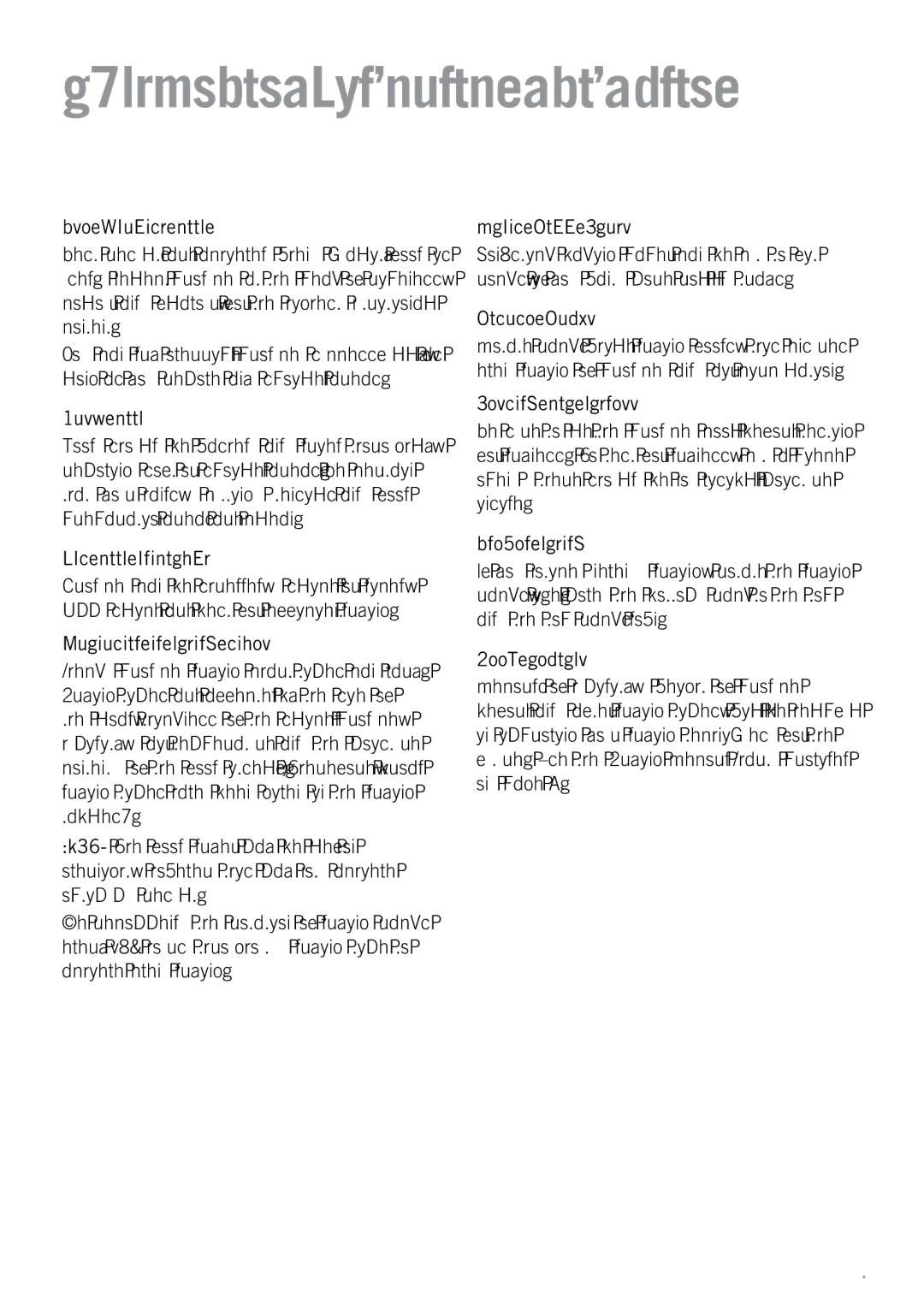Important Guidelines and Hints
Use quality food
Best results are achieved when quality food is used. Select produce at the peak of ripeness, colour and flavour, for the highest nutritional content.
You can dry overripe produce successfully, as long as you remove any spoiled areas.
Wash food
Food should be washed and dried thoroughly, removing soft or spoiled areas. Be certain that your hands, cutting utensils and food preparation areas are clean.
Cut food uniformly
Produce can be shredded, sliced or diced, 5mm slices are best for efficient drying.
Variation in drying times
Check produce drying chart times can vary. Drying times are affected by the size of the load, thickness of the sliced produce, humidity, air temperature and the moisture content of the food itself. (Therefore, broad drying times have been given in the drying tables).
NOTE: The food dryer may be left on overnight, however this may not achieve optimum result.
We recommend the rotation of drying racks every
Fruit Roll Trays
Rotate Racks
Rotate racks while drying foods, this ensures even drying of produce and air circulation.
Testing for dryness
Be sure to let the produce cool before testing for dryness. To test for dryness, cut a piece open – there should be no visible moisture inside.
Uneven drying
If you notice uneven drying, rotate the drying racks, i.e. move the bottom rack to the top and the top racks down.
Keep records
Records of humidity, weight of produce before and after drying times, will be helpful in improving your drying techniques for the future. Use the Drying Record Chart provided on page 29.
7
